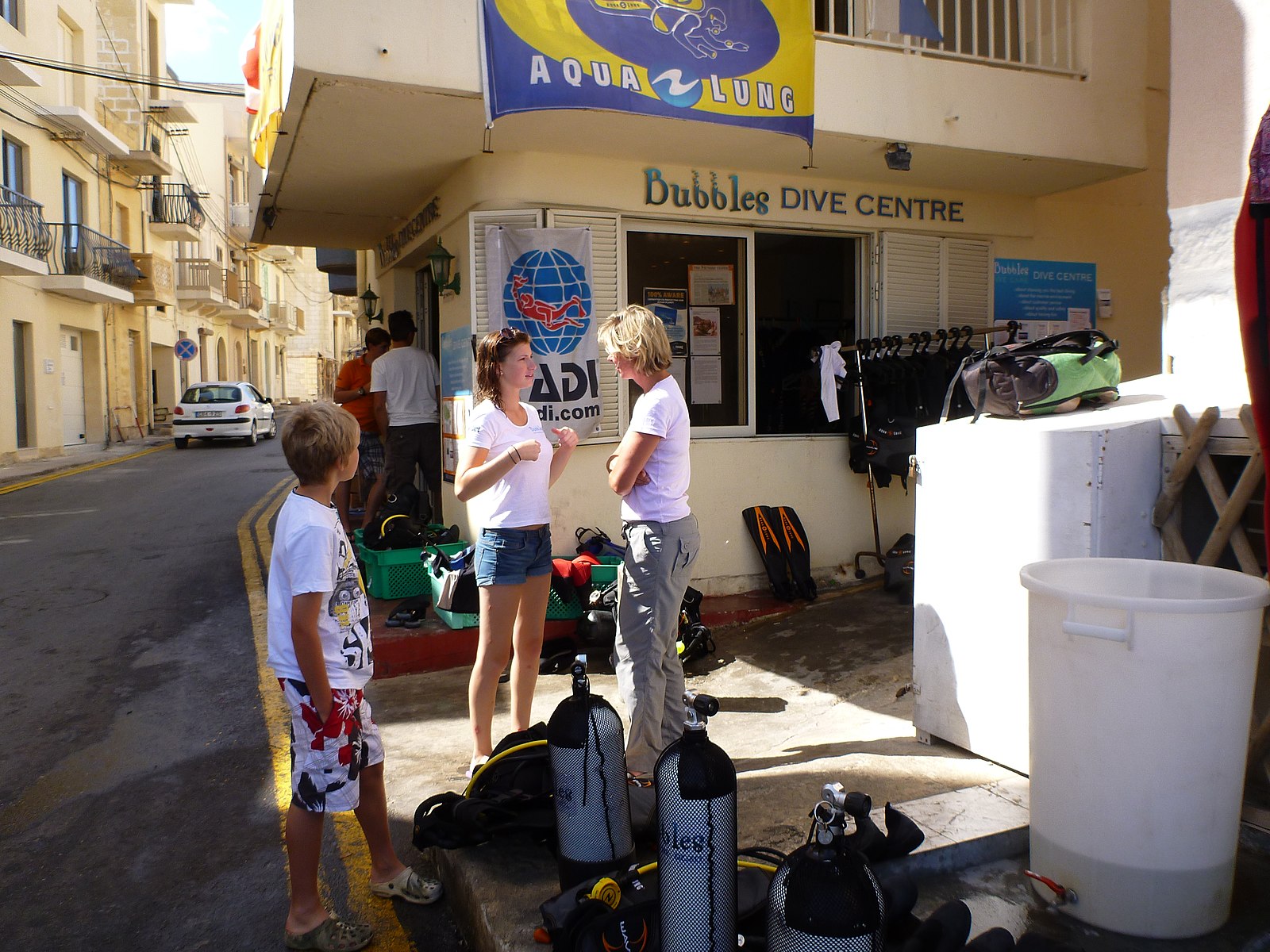Reef Restoration Awareness Through Scuba Dive Shops
Engaging divers, who are already passionate about marine life, to take action and contribute to coral reef restoration is a smart and impactful approach.
1. Project Overview:
This section should clearly describe the project and its purpose:
Project Name: “Reef Restoration Awareness Through Scuba Dive Shops”
Description: The “Reef Restoration Awareness” project seeks to partner with scuba dive shops nationwide to display an informative video on their in-store screens or tablets. The video will highlight the ongoing degradation of coral reefs and emphasize the importance of their preservation. It will also encourage customers to get involved by volunteering their time or donating to reef restoration efforts that are supported by our nonprofit. The project aims to raise awareness, inspire action, and build a network of divers and customers dedicated to the health of coral ecosystems.
2. Project Goals:
Clearly outline the goals of this initiative:
- Raise Awareness: Educate scuba divers and visitors at dive shops about the pressing issue of coral reef degradation, and the vital need for restoration efforts.
- Engage the Diving Community: Connect with the diving community, encouraging them to play a proactive role in preserving the reefs they explore and love.
- Encourage Donations and Volunteering: Drive contributions in the form of both monetary donations and volunteer efforts to support reef restoration projects managed by your nonprofit.
- Strengthen Partnerships: Build long-term relationships with dive shops, turning them into allies in the fight for reef conservation and restoration.
3. Target Audience:
Define who the project will engage and why they are key to its success:
- Scuba Dive Shops: These are hubs of information for recreational divers. They can act as an entry point to educate and engage a large number of people who are already passionate about the oceans.
- Scuba Divers and Tourists: The primary audience for the video content. Most scuba divers have firsthand experience with coral reefs and may be particularly motivated to act.
- Local Communities: By reaching scuba shops nationwide, you’ll also be indirectly educating local communities about the importance of coral reefs and how they can help.
4. Project Methodology:
Explain how the project will be rolled out, step by step:
- Step 1: Develop a compelling, educational video that outlines the issue of coral reef degradation, using impactful visuals and key facts about reef health, the role of coral ecosystems, and the actions needed for restoration. The video should also include a clear call to action—encouraging viewers to donate or volunteer for restoration projects.
- Step 2: Reach out to scuba dive shops across the country. Establish partnerships with these businesses and provide them with the video, along with any additional materials (e.g., flyers or posters) that encourage action.
- Step 3: Equip dive shops with the necessary technology (tablet, TV screen, or digital media player) to display the video. Alternatively, provide instructions on how to display it using existing shop technology.
- Step 4: Train dive shop staff on how to promote the video to customers and encourage them to support the restoration efforts—through direct donations, participation in volunteer events, or spreading awareness.
- Step 5: Monitor the project’s reach and success. Track the number of shops displaying the video, the donations raised, and the number of volunteers engaged in restoration projects.
5. Impact on the Environment:
Describe how this initiative will positively affect coral reef conservation efforts:
- Increased Awareness: The video will directly educate hundreds or thousands of scuba divers about the state of coral reefs and what they can do to help, reaching a broad audience across the country.
- Sustained Support for Reef Restoration: By generating donations and volunteers for coral reef restoration projects, this initiative will contribute to the ongoing work of maintaining and restoring healthy coral ecosystems.
- Long-Term Change: Engaging the diving community will create lasting allies for coral conservation. As divers become more invested in reef health, they may continue to support these efforts and even advocate for more sustainable practices within their own communities.
6. Sustainability and Long-Term Impact:
This project’s sustainability can be enhanced by:
- Ongoing Partnerships: Establishing long-term partnerships with dive shops, encouraging them to regularly promote reef restoration efforts and raise awareness of ongoing needs.
- Engaged Divers: By creating a base of volunteers and donors, the project could build a loyal community that continues to support reef restoration efforts well into the future.
- Educational Materials: Develop follow-up materials for divers and dive shop customers, such as digital guides, newsletters, or tips on how to minimize their environmental footprint while diving (e.g., not touching coral, reducing plastic waste).
7. Budget:
Estimate the costs associated with executing the project. This might include:
- Video Production: Costs for creating and producing a high-quality, engaging video (possibly including expert interviews, underwater footage, and animations).
- Outreach and Partnership Development: Costs for contacting and establishing partnerships with dive shops, including travel or communication expenses.
- Technology: Costs for providing or subsidizing tablets or TV screens for the dive shops (if necessary) to ensure the video is displayed effectively.
- Marketing and Promotion: Expenses related to creating flyers, posters, or other materials to accompany the video and promote volunteerism and donations.
8. Evaluation and Reporting:
How will success be measured?
- Engagement Metrics: Track how many dive shops are participating in the initiative, how many viewers watch the video, and the number of donations or volunteers generated from the campaign.
- Environmental Impact: Measure the amount of financial support generated for reef restoration projects, and track the number of people actively involved in hands-on restoration work.
- Feedback: Collect feedback from dive shops, divers, and volunteers to improve future outreach and content.
This project has great potential to tap into the passion of divers while building lasting support for coral reef conservation.



